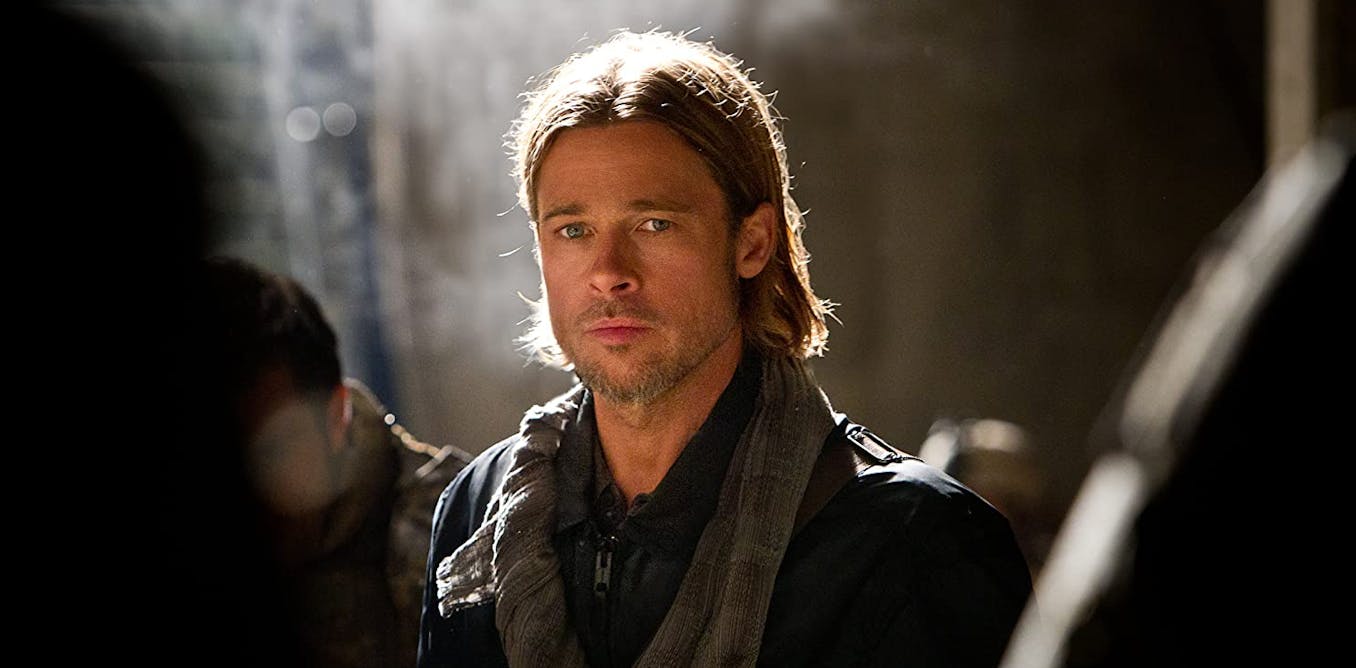This was on my mind when I learnt about a fascinating collaboration between the police and aspiring, young filmmakers at the University of Sunderland, which shows the power of research as a tool for public good.
I work for Universal Impact, The Conversation’s commercial subsidiary, and we recently travelled to the northeast to give a training course to University of Sunderland researchers on how to identify, and communicate with, different audiences for their work.
Whenever we work with academics, I’m reminded of the quality and diversity of research taking place all around us – stretching, in this case, from preventing liver damage to boosting performance in modern pentathlon.
After the course, we built on the training with a mentoring programme for a group of researchers including Adelle Hulsmeier, who leads the university’s screen performance BA programme.
University of Sunderland/David Wood
I’m a bit of a movie buff. So I was interested to learn about the unique initiative Adelle runs, bringing together young people and police around an unexpected common ground – film.
Here’s how it works. Northumberland Police suggests themes, students make short films inspired by those themes, and the films are then used as education and training resources.
Like many of my favourite directors, Adelle believes it’s possible to address some of the most pressing social issues through storytelling.
A new approach
The project comes as public trust in the police is in decline, particularly among members of Gen Z (broadly, those born between 1996 and 2010).
Children and young people are also disproportionately affected by crime, often as victims of the most serious offences. But these films offer an opportunity to change the narrative.
And as the Labour government is proposing “respect orders” to address the UK’s 6.7 million annual offences — which cost taxpayers £58.9 billion in 2023-24 — this novel approach seems particularly timely.
Over the past 11 years, more than 1,000 students have worked on at least 50 films, covering topics such as sexual exploitation, domestic violence, male rape and “county lines” drugs trafficking.
The films’ influence extends far beyond the university. They have been integrated into training programmes for police officers, healthcare workers, teachers and other professionals.
Community engagement
The collaboration was born of a desire to make issues of crime and policing widely accessible, with Adelle striving to bridge the gap between academic learning and societal impact.
In 2019, the project received the Collaborative Award for Teaching Excellence from Advance Higher Education, recognising the initiative’s outstanding contribution to education and community engagement.
The programme has also been praised by former Labour MP and Victims’ Commissioner Dame Vera Baird, who described the films as an effective way for the police to “transmit messages in a way that we cannot”.

Looking for something good? Cut through the noise with a carefully curated selection of the latest releases, live events and exhibitions, straight to your inbox every fortnight, on Fridays. Sign up here.
Meanwhile, the project is also an opportunity for students to develop critical skills and gain invaluable industry experience.
By empowering students to tackle real world social issues, the University of Sunderland is not only preparing them for the future but also helping to shape a safer, more empathetic world.
This partnership is a testament to the mutual benefits that come from universities and public sector organisations working collectively towards common goals that support their local communities.
At Universal Impact, we offer specialist training, mentoring and research communication services – donating profits back to The Conversation, our parent charity. If you’re a researcher or research institution and you’re interested in working together, please get in touch – or subscribe to our weekly newsletter to find out more.




















